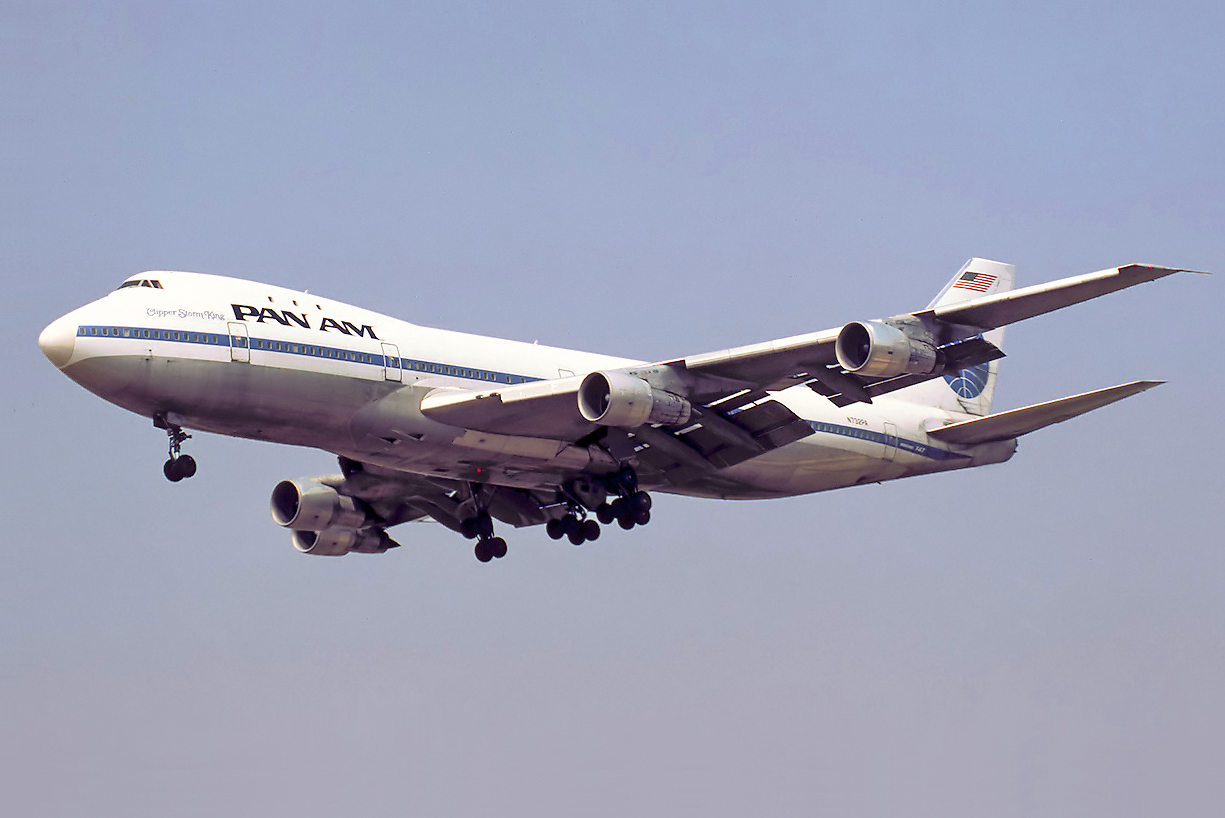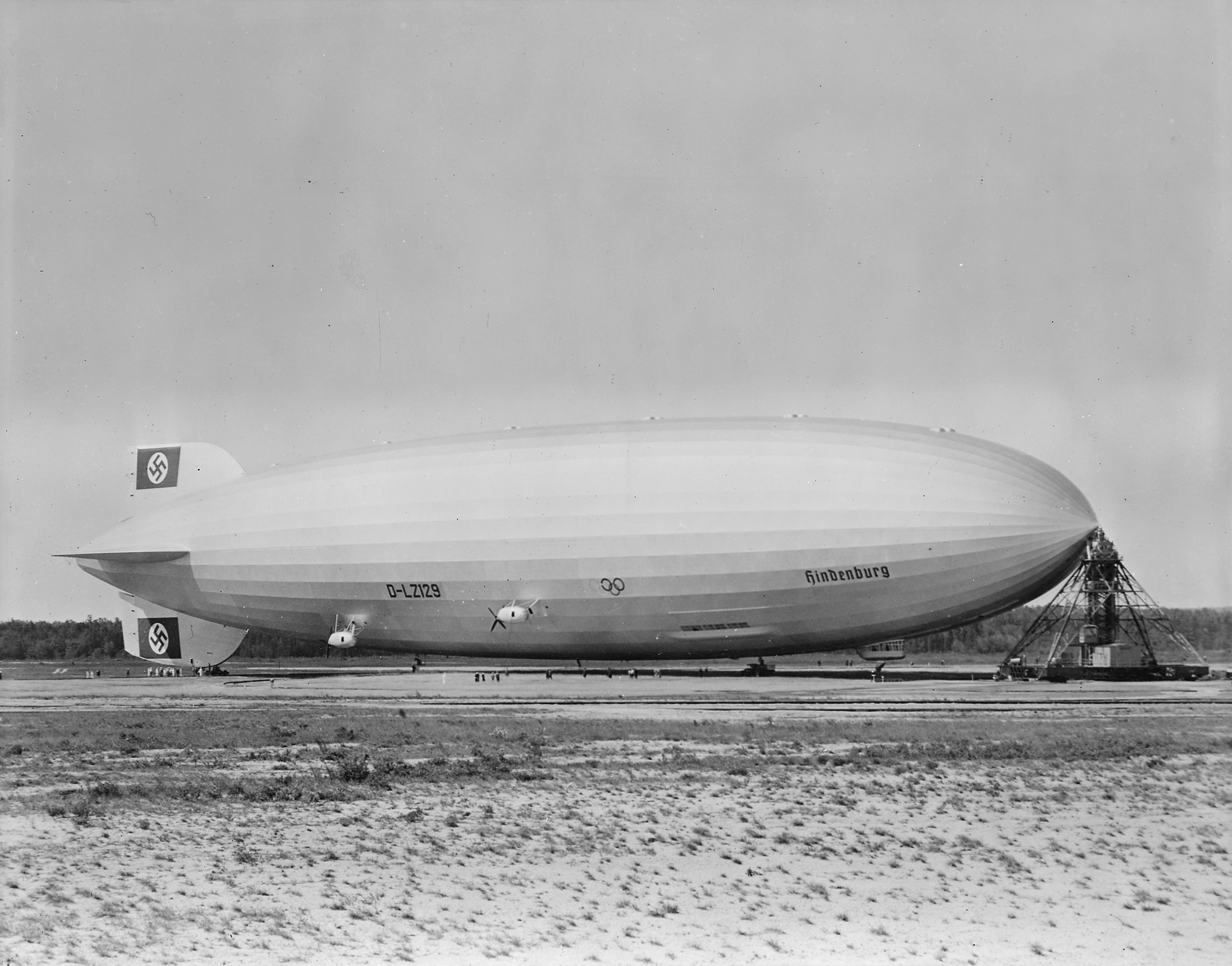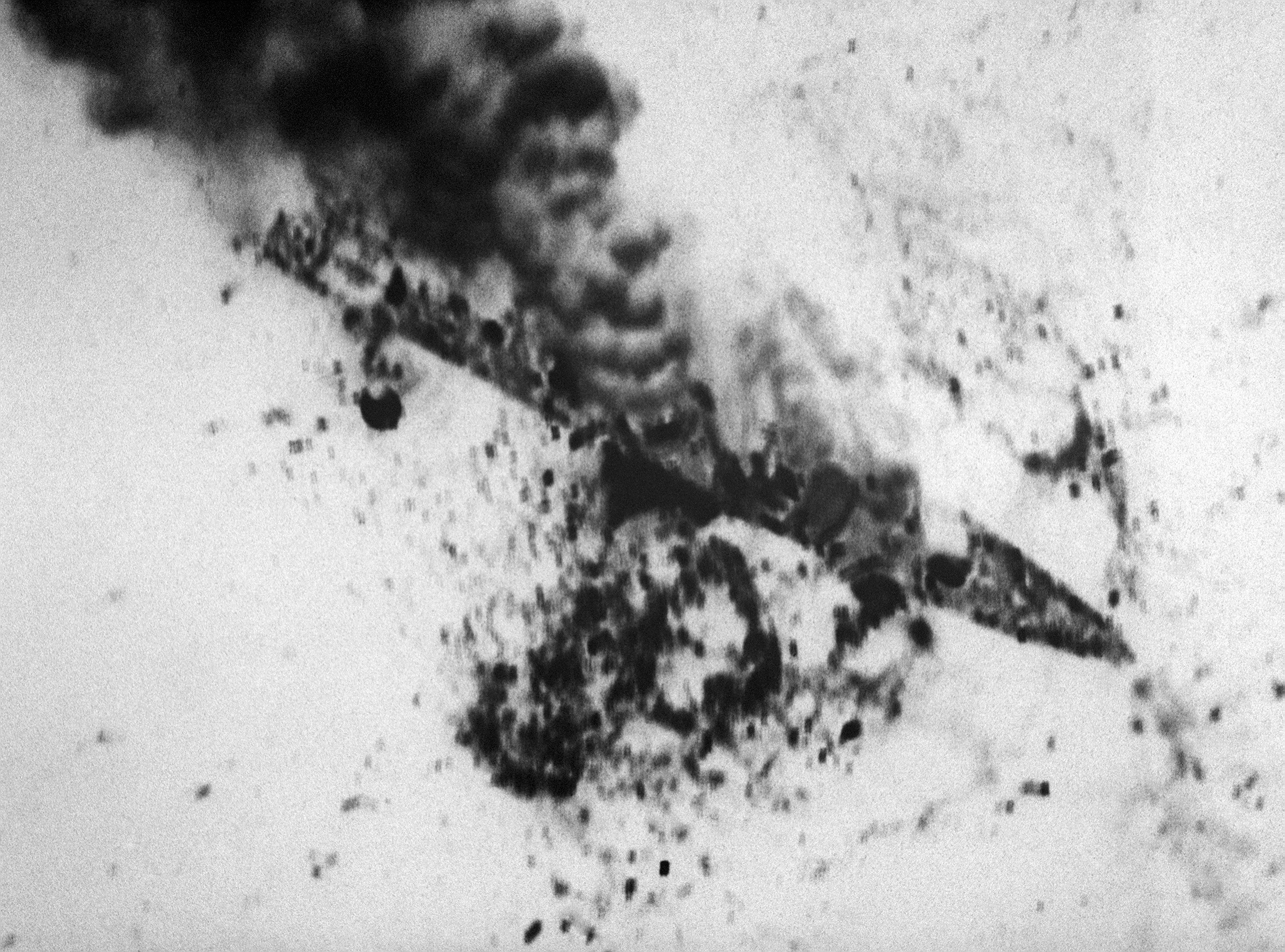|
Vietnam Airlines Flight 831
Vietnam Airlines Flight 831, a Tupolev Tu-134, crashed in a rice field near Semafahkarm Village, Tambon Khu Khot, Amphoe Lam Luk Ka, Pathum Thani, Thailand while operating a flight from Hanoi to Bangkok in 9 September 1988. The cause of the accident is undetermined, however the pilots reported the aircraft may have been struck by lightning. Three crew and 73 passengers died in the accident. This accident was the second deadliest accident at the time in Thailand, and is currently the fifth deadliest. Accident While still flying above the outer marker, the aircraft descended below the minimum safe altitude In aviation (particularly in air navigation), lowest safe altitude (LSALT) is an altitude that is at least 500 feet above any obstacle or terrain within a defined safety buffer region around a particular route that a pilot might fly. The safety bu ... and crashed into the ground. The aircraft exploded on impact with debris spread over . Notable Passenger Among the dead was ... [...More Info...] [...Related Items...] OR: [Wikipedia] [Google] [Baidu] |
Vietnam Airlines Flight 815
Vietnam Airlines Flight 815 was a scheduled Vietnam Airlines flight which crashed on final approach to Phnom Penh International Airport in Cambodia on 3 September 1997. The Soviet-built Tupolev Tu-134B-3 airliner crashed approximately short of the Phnom Penh runway, killing 65 of the 66 people on board. As of 2023, it remains the deadliest accident in Cambodian History. Upon investigation, the crash was determined to have been the result of improper actions by the pilot. Aircraft The aircraft was manufactured on 5 October 1984, registration number VN-A120, serial number 66360. Accident Flight 815 departed Ho Chi Minh City around 1 o'clock in the afternoon for the 45-minute flight to Phnom Penh. The aircraft was approaching the Phnom Penh airport from the east in heavy rain. According to acting airport director and investigating committee chief Sok Sambour, the plane was supposed to be flying at when it began its approach, but was at when it reached the range of Pochentong's ... [...More Info...] [...Related Items...] OR: [Wikipedia] [Google] [Baidu] |
Lowest Safe Altitude
In aviation (particularly in air navigation), lowest safe altitude (LSALT) is an altitude that is at least 500 feet above any obstacle or terrain within a defined safety buffer region around a particular route that a pilot might fly. The safety buffer allows for errors in the air by including an additional area that a pilot might stray into by flying off track. By flying at or above this altitude a pilot complies with terrain clearance requirements on that particular flight leg. Australian definition * The minimum LSALT is 1500 feet. * LSALT is 1360 feet above the highest terrain where any obstacle thereon is less than 360 feet above the terrain, or there is no charted obstacle. * LSALT is 1000 feet above the highest obstacle which is greater than 360 feet above the terrain. For example, if there is an obstacle at 200 feet above terrain of 2500 feet, LSALT is 2500 feet (terrain height) + 1360 feet (clearance height), for an LSALT of 3860 feet; if there is an obstacle at 450 fe ... [...More Info...] [...Related Items...] OR: [Wikipedia] [Google] [Baidu] |
Airliner Accidents And Incidents Caused By Weather
An airliner is a type of aircraft for transporting passengers and air cargo. Such aircraft are most often operated by airlines. Although the definition of an airliner can vary from country to country, an airliner is typically defined as an airplane intended for carrying multiple passengers or cargo in commercial service. The largest of them are wide-body jets which are also called twin-aisle because they generally have two separate aisles running from the front to the back of the passenger cabin. These are usually used for long-haul flights between airline hubs and major cities. A smaller, more common class of airliners is the narrow-body or single-aisle. These are generally used for short to medium-distance flights with fewer passengers than their wide-body counterparts. Regional airliners typically seat fewer than 100 passengers and may be powered by turbofans or turboprops. These airliners are the non- mainline counterparts to the larger aircraft operated by the majo ... [...More Info...] [...Related Items...] OR: [Wikipedia] [Google] [Baidu] |
Aviation Accidents And Incidents In Thailand
Aviation includes the activities surrounding mechanical flight and the aircraft industry. ''Aircraft'' includes fixed-wing and rotary-wing types, morphable wings, wing-less lifting bodies, as well as lighter-than-air craft such as hot air balloons and airships. Aviation began in the 18th century with the development of the hot air balloon, an apparatus capable of atmospheric displacement through buoyancy. Some of the most significant advancements in aviation technology came with the controlled gliding flying of Otto Lilienthal in 1896; then a large step in significance came with the construction of the first powered airplane by the Wright brothers in the early 1900s. Since that time, aviation has been technologically revolutionized by the introduction of the jet which permitted a major form of transport throughout the world. Etymology The word ''aviation'' was coined by the French writer and former naval officer Gabriel La Landelle in 1863. He derived the term from the v ... [...More Info...] [...Related Items...] OR: [Wikipedia] [Google] [Baidu] |
Aviation Accidents And Incidents In 1988
Aviation includes the activities surrounding mechanical flight and the aircraft industry. ''Aircraft'' includes fixed-wing and rotary-wing types, morphable wings, wing-less lifting bodies, as well as lighter-than-air craft such as hot air balloons and airships. Aviation began in the 18th century with the development of the hot air balloon, an apparatus capable of atmospheric displacement through buoyancy. Some of the most significant advancements in aviation technology came with the controlled gliding flying of Otto Lilienthal in 1896; then a large step in significance came with the construction of the first powered airplane by the Wright brothers in the early 1900s. Since that time, aviation has been technologically revolutionized by the introduction of the jet which permitted a major form of transport throughout the world. Etymology The word ''aviation'' was coined by the French writer and former naval officer Gabriel La Landelle in 1863. He derived the term from the ... [...More Info...] [...Related Items...] OR: [Wikipedia] [Google] [Baidu] |
Accidents And Incidents Involving The Tupolev Tu-134
An accident is an unintended, normally unwanted event that was not directly caused by humans. The term ''accident'' implies that nobody should be blamed, but the event may have been caused by unrecognized or unaddressed risks. Most researchers who study unintentional injury avoid using the term ''accident'' and focus on factors that increase risk of severe injury and that reduce injury incidence and severity. For example, when a tree falls down during a wind storm, its fall may not have been caused by humans, but the tree's type, size, health, location, or improper maintenance may have contributed to the result. Most car wrecks are not true accidents; however English speakers started using that word in the mid-20th century as a result of media manipulation by the US automobile industry. Types Physical and non-physical Physical examples of accidents include unintended motor vehicle collisions, falls, being injured by touching something sharp or hot, or bumping into someth ... [...More Info...] [...Related Items...] OR: [Wikipedia] [Google] [Baidu] |
1988 In Vietnam
File:1988 Events Collage.png, From left, clockwise: The oil platform Piper Alpha explodes and collapses in the North Sea, killing 165 workers; The USS Vincennes (CG-49) mistakenly shoots down Iran Air Flight 655; Australia celebrates its Australian Bicentenary, Bicentennial on January 26; The 1988 Summer Olympics are held in Seoul, South Korea; Soviet Union, Soviet troops begin their Soviet-Afghan War, withdrawal from Afghanistan, which is completed the 1989, next year; The 1988 Armenian earthquake kills between 25,000-50,000 people; The 8888 Uprising in Myanmar, led by students, protests the Burma Socialist Programme Party; A bomb explodes on Pan Am Flight 103, causing the plane to crash down on the town of Lockerbie, Scotland- the event kills 270 people., 300x300px, thumb rect 0 0 200 200 Piper Alpha rect 200 0 400 200 Iran Air Flight 655 rect 400 0 600 200 Australian Bicentenary rect 0 200 300 400 Pan Am Flight 103 rect 300 200 600 400 1988 Summer Olympics rect 0 400 200 600 8888 ... [...More Info...] [...Related Items...] OR: [Wikipedia] [Google] [Baidu] |
1988 In Thailand
The year 1988 was the 207th year of the Rattanakosin Kingdom of Thailand. It was the 43nd year in the reign of King Bhumibol Adulyadej (Rama IX), and is reckoned as year 2531 in the Buddhist Era. Incumbents *King: Bhumibol Adulyadej *Crown Prince: Vajiralongkorn *Prime Minister: ** until 4 August: Prem Tinsulanonda ** starting 4 August: Chatichai Choonhavan *Supreme Patriarch: ** until 27 August: Ariyavangsagatayana VII Events January February * 19 February - ceasefire agreement ends Thai–Laotian Border War. March April * 5 April - Kuwait Airways Flight 422 hijacked by Lebanese guerillas (suspected Hezbollah) after departing from Bangkok. During the incident the flight, initially forced to land in Iran, travelled 3,200 miles from Mashhad in northeastern Iran to Larnaca, Cyprus, and finally to Algiers. Two hostages were killed, prior to the crisis ending on 20 April. May *24 May - Miss Thailand Phonthip Nakhirankanok won the crown title of the Miss Universe 1988 held i ... [...More Info...] [...Related Items...] OR: [Wikipedia] [Google] [Baidu] |
Vietnam
Vietnam or Viet Nam ( vi, Việt Nam, ), officially the Socialist Republic of Vietnam,., group="n" is a country in Southeast Asia, at the eastern edge of mainland Southeast Asia, with an area of and population of 96 million, making it the world's sixteenth-most populous country. Vietnam borders China to the north, and Laos and Cambodia to the west. It shares maritime borders with Thailand through the Gulf of Thailand, and the Philippines, Indonesia, and Malaysia through the South China Sea. Its capital is Hanoi and its largest city is Ho Chi Minh City (commonly known as Saigon). Vietnam was inhabited by the Paleolithic age, with states established in the first millennium BC on the Red River Delta in modern-day northern Vietnam. The Han dynasty annexed Northern and Central Vietnam under Chinese rule from 111 BC, until the first dynasty emerged in 939. Successive monarchical dynasties absorbed Chinese influences through Confucianism and Buddhism, and expanded ... [...More Info...] [...Related Items...] OR: [Wikipedia] [Google] [Baidu] |
Bangkok
Bangkok, officially known in Thai as Krung Thep Maha Nakhon and colloquially as Krung Thep, is the capital and most populous city of Thailand. The city occupies in the Chao Phraya River delta in central Thailand and has an estimated population of 10.539 million as of 2020, 15.3 percent of the country's population. Over 14 million people (22.2 percent) lived within the surrounding Bangkok Metropolitan Region at the 2010 census, making Bangkok an extreme primate city, dwarfing Thailand's other urban centres in both size and importance to the national economy. Bangkok traces its roots to a small trading post during the Ayutthaya Kingdom in the 15th century, which eventually grew and became the site of two capital cities, Thonburi in 1768 and Rattanakosin in 1782. Bangkok was at the heart of the modernization of Siam, later renamed Thailand, during the late-19th century, as the country faced pressures from the West. The city was at the centre of Thailand's political struggl ... [...More Info...] [...Related Items...] OR: [Wikipedia] [Google] [Baidu] |
Controlled Flight Into Terrain
In aviation, a controlled flight into terrain (CFIT; usually ) is an accident in which an airworthy aircraft, under pilot control, is unintentionally flown into the ground, a mountain, a body of water or an obstacle. In a typical CFIT scenario, the crew is unaware of the impending disaster until it is too late. The term was coined by engineers at Boeing in the late 1970s. Accidents where the aircraft is out of control at the time of impact, because of mechanical failure or pilot error, are not considered CFIT (they are known as ''uncontrolled flight into terrain'' or ''UFIT''), nor are incidents resulting from the deliberate action of the person at the controls, such as acts of terrorism or suicide by pilot. According to Boeing in 1997, CFIT was a leading cause of airplane accidents involving the loss of life, causing over 9,000 deaths since the beginning of the commercial jet aircraft. CFIT was identified as a cause of 25% of USAF Class A mishaps between 1993 and 2002. A ... [...More Info...] [...Related Items...] OR: [Wikipedia] [Google] [Baidu] |
.jpg)




.jpg)